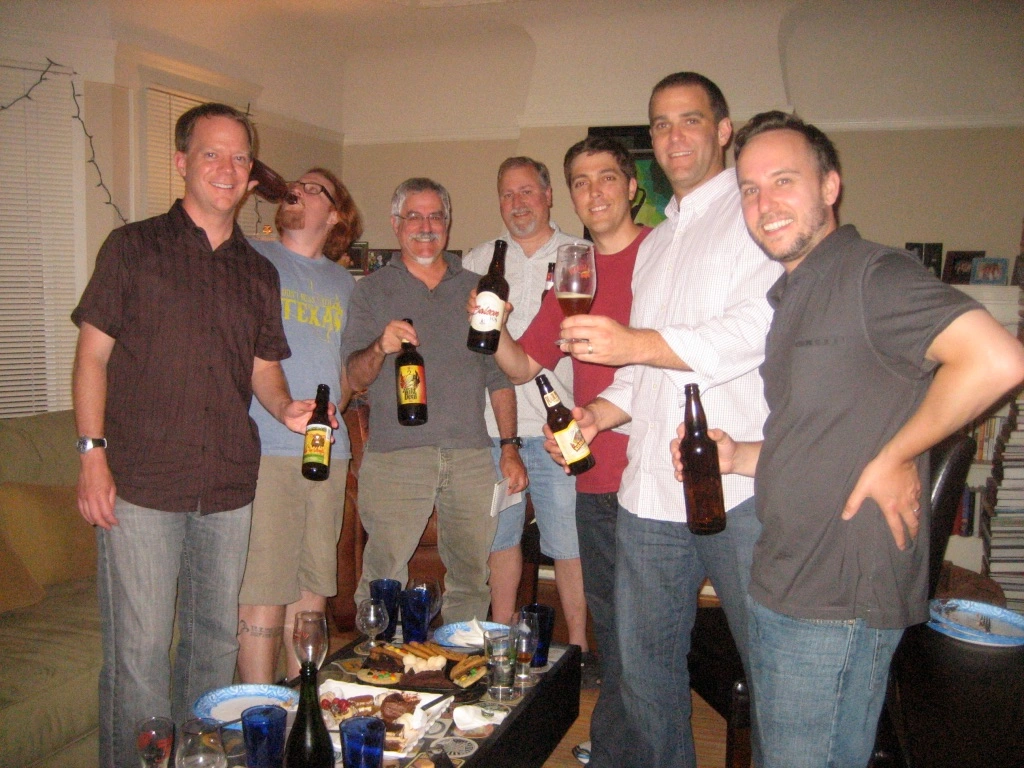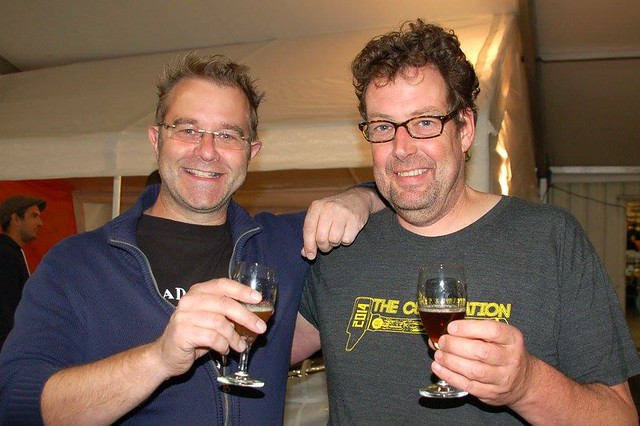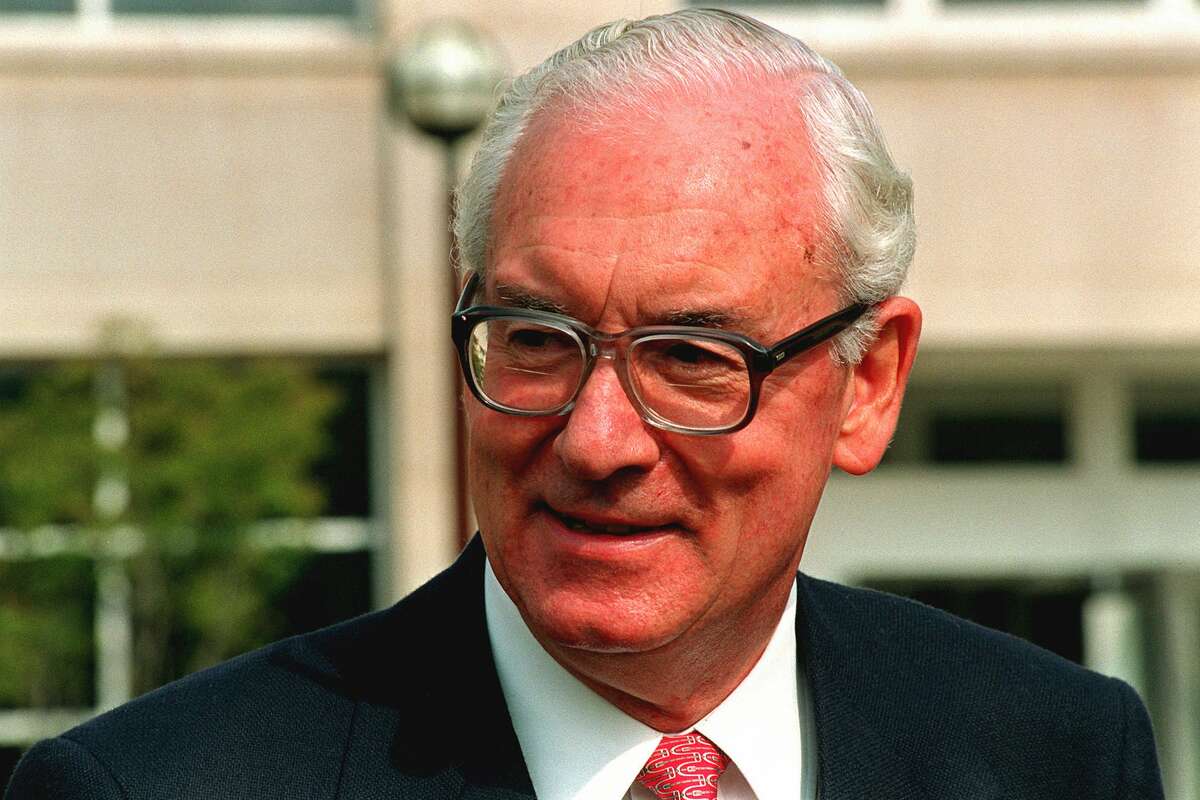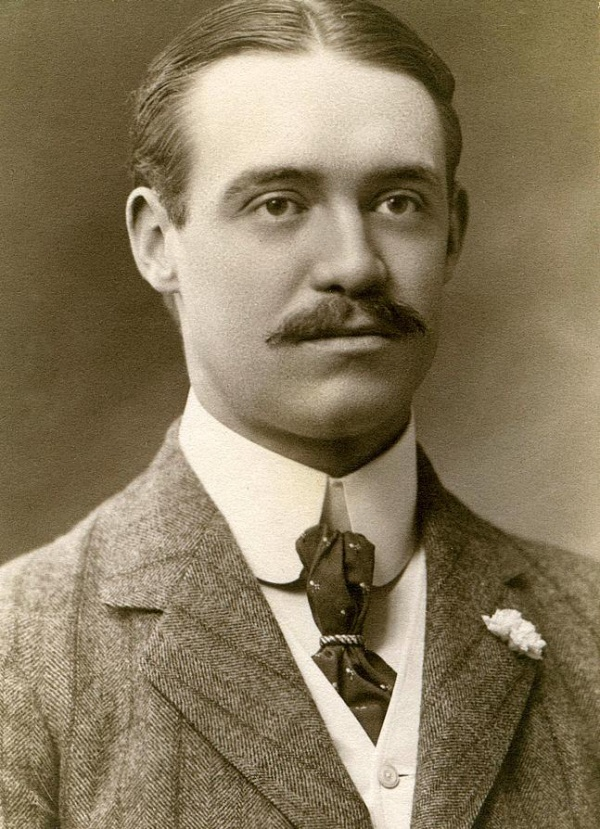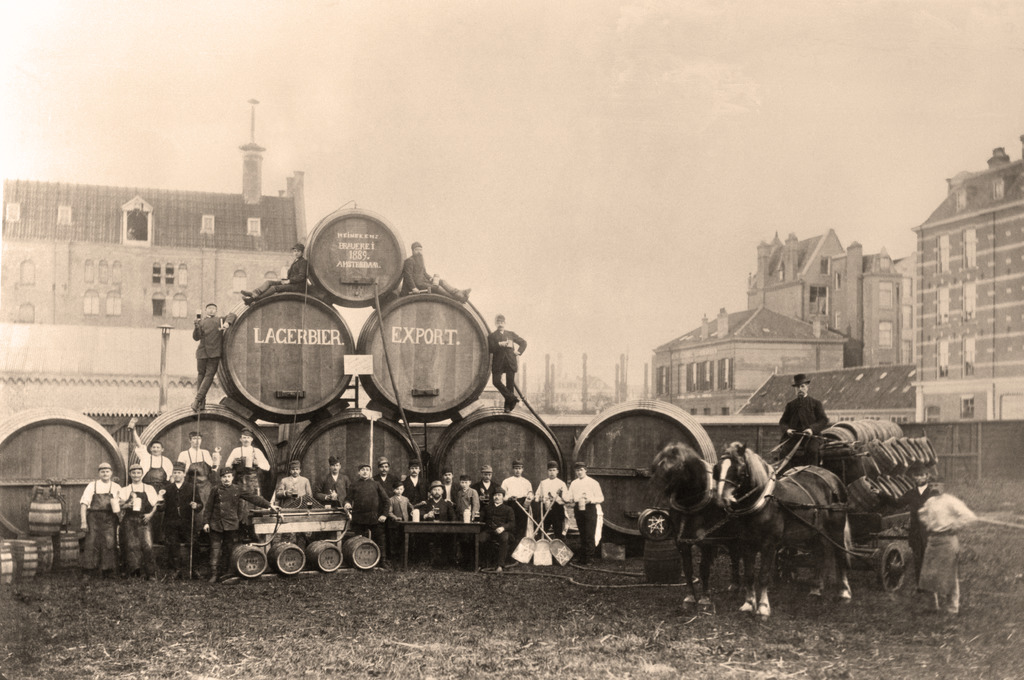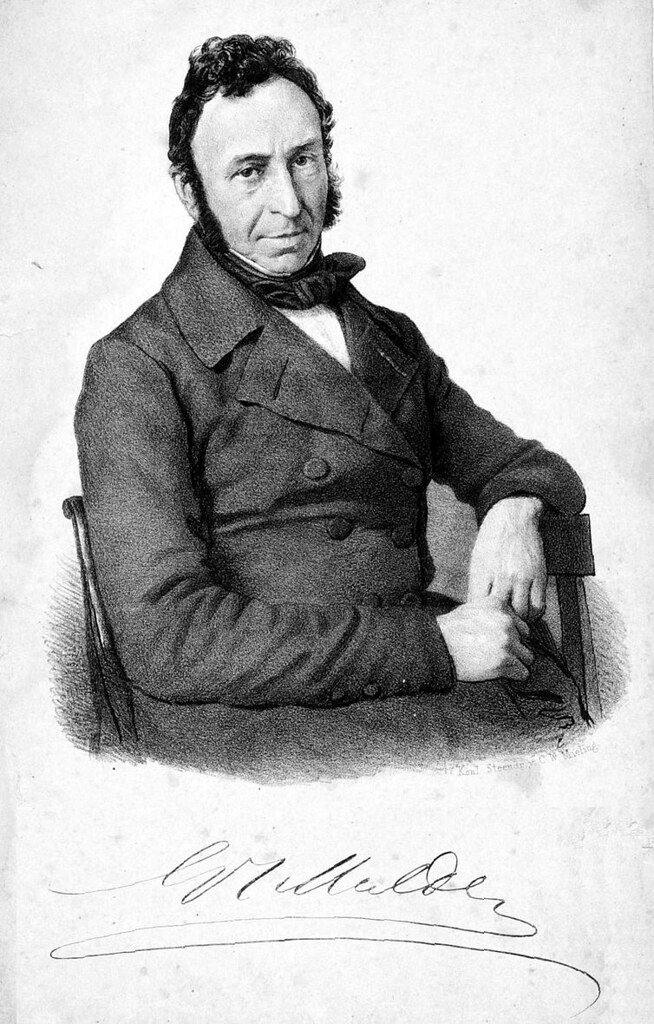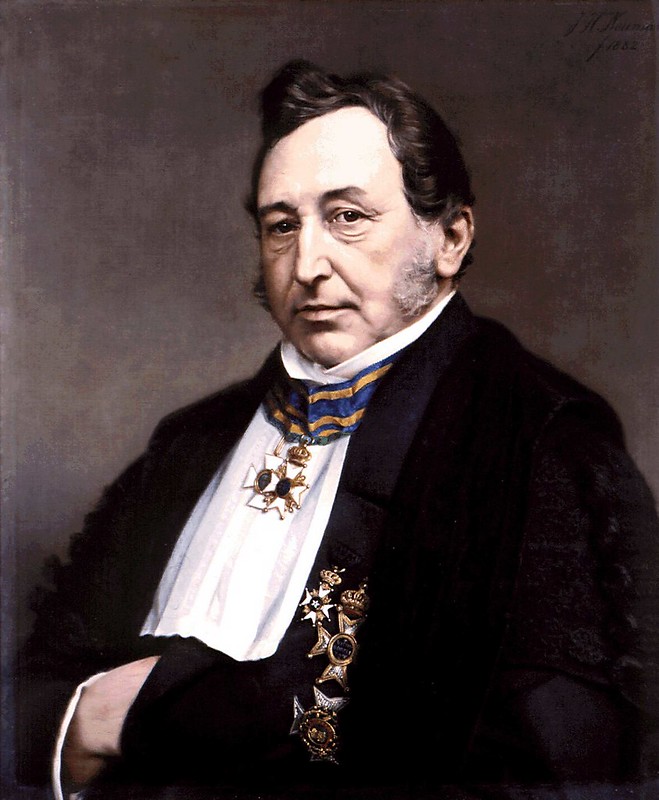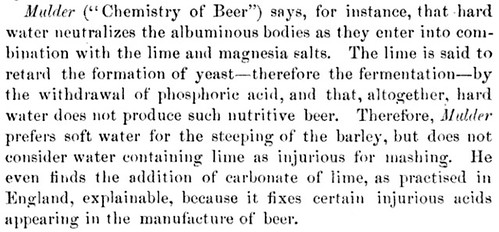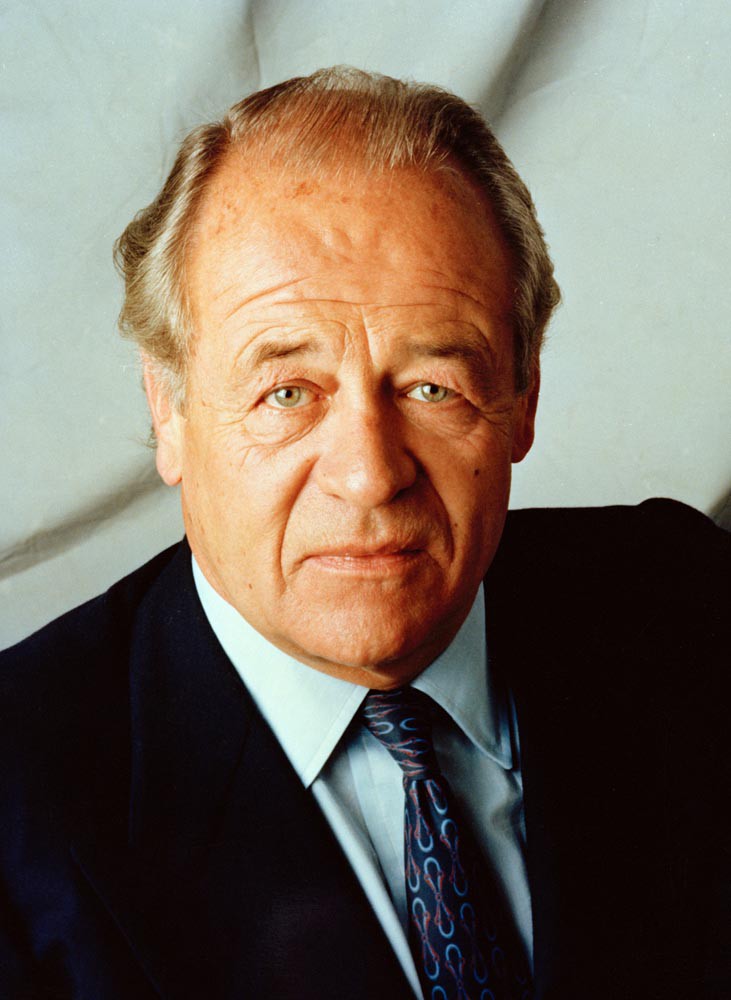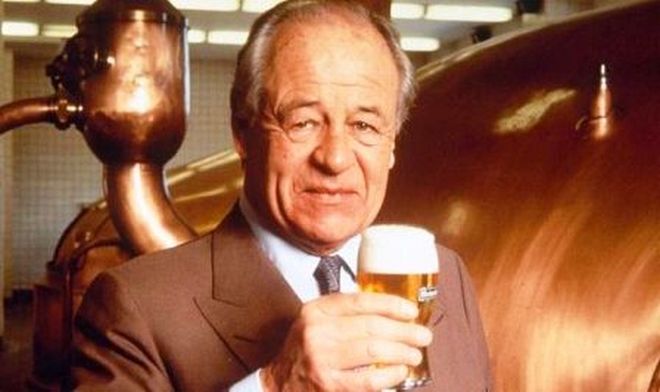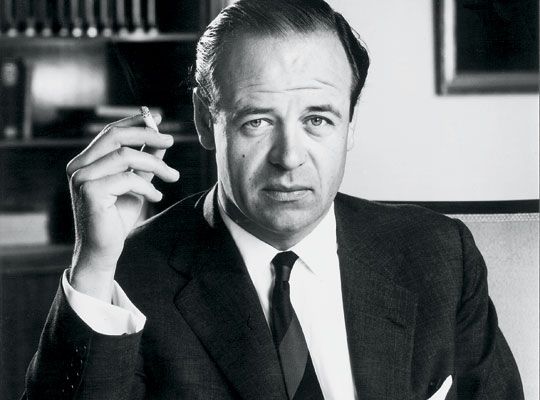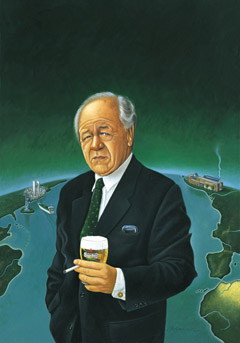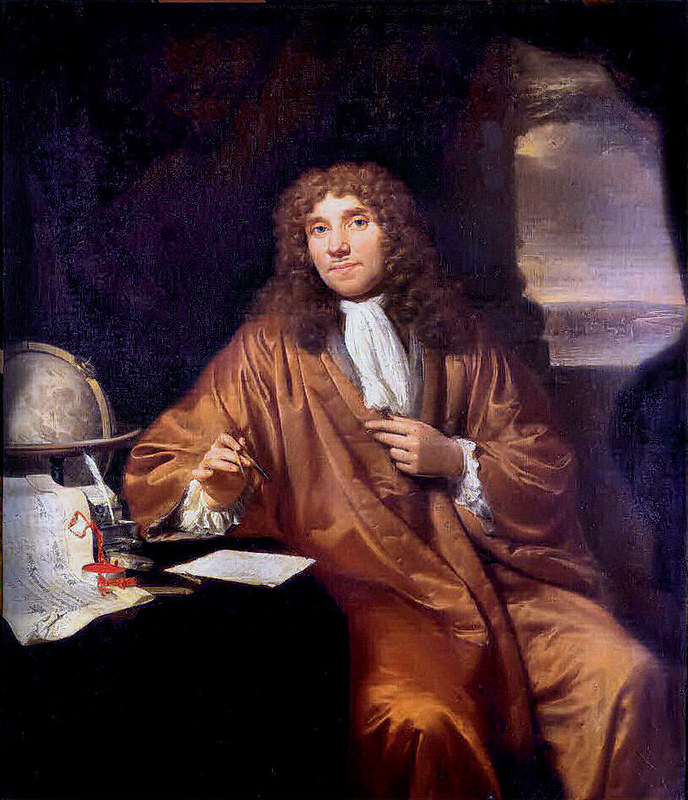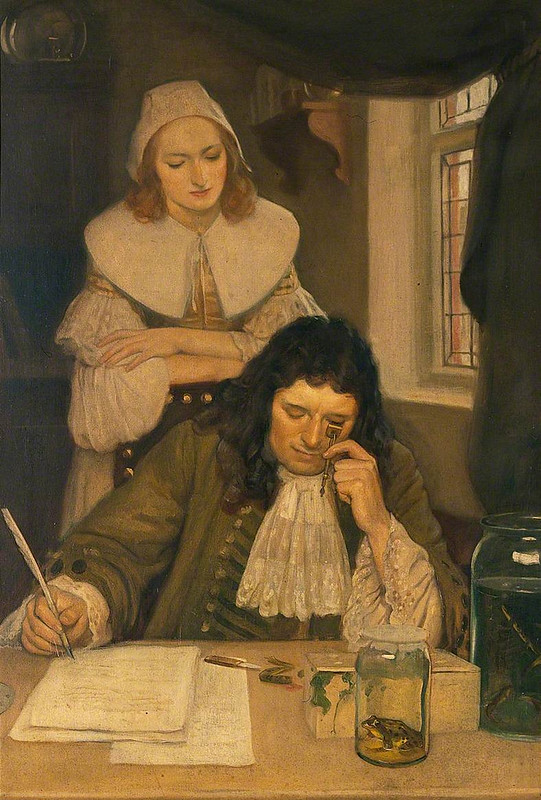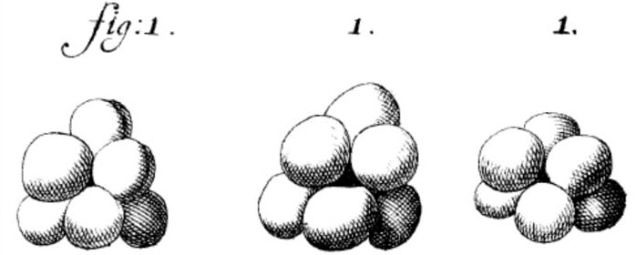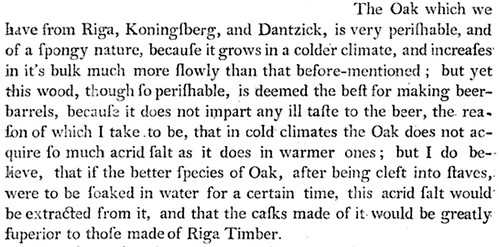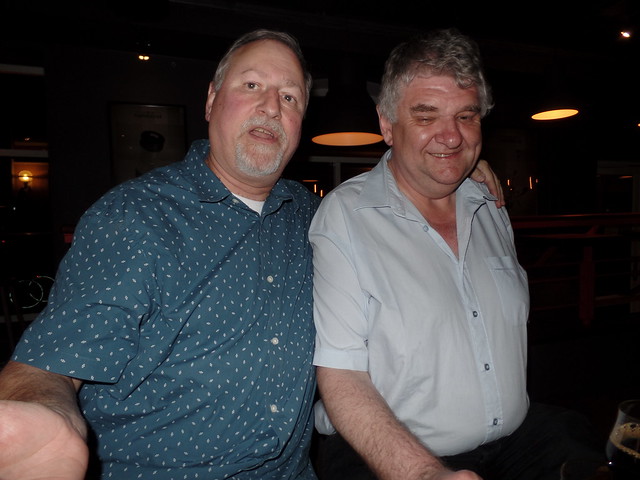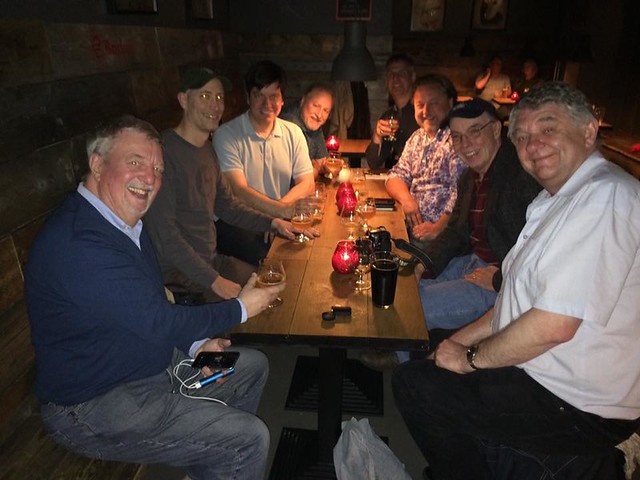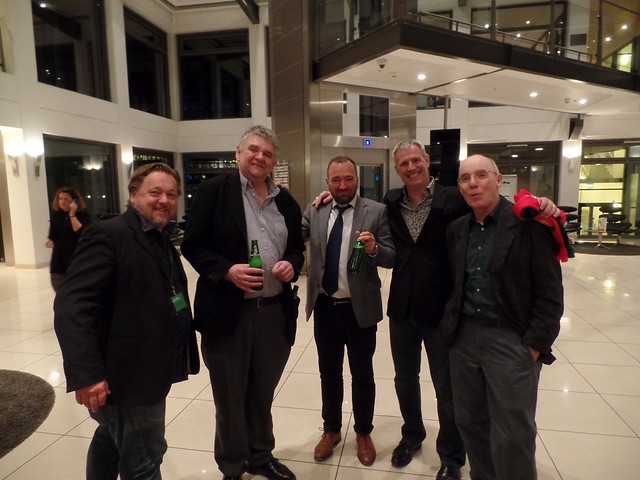
Today is the 50th birthday — The Big 5-O — of fellow beer writer Brian Yaeger, author of Red, White & Brew and Oregon Breweries. Brian also writes online at his Red, White & Brew Beer Odyssey blog. A couple of years ago Brian and his lovely bride Kimberly lived in Portland, Oregon (having moved from San Francisco), but then moved to Amsterdam, then moved back to Portland, but more recently relocated once more, this time to Santa Barbara, California, and even more recently has moved back to Oregon, this time to Bend. Join me in wishing Brian a very happy birthday.
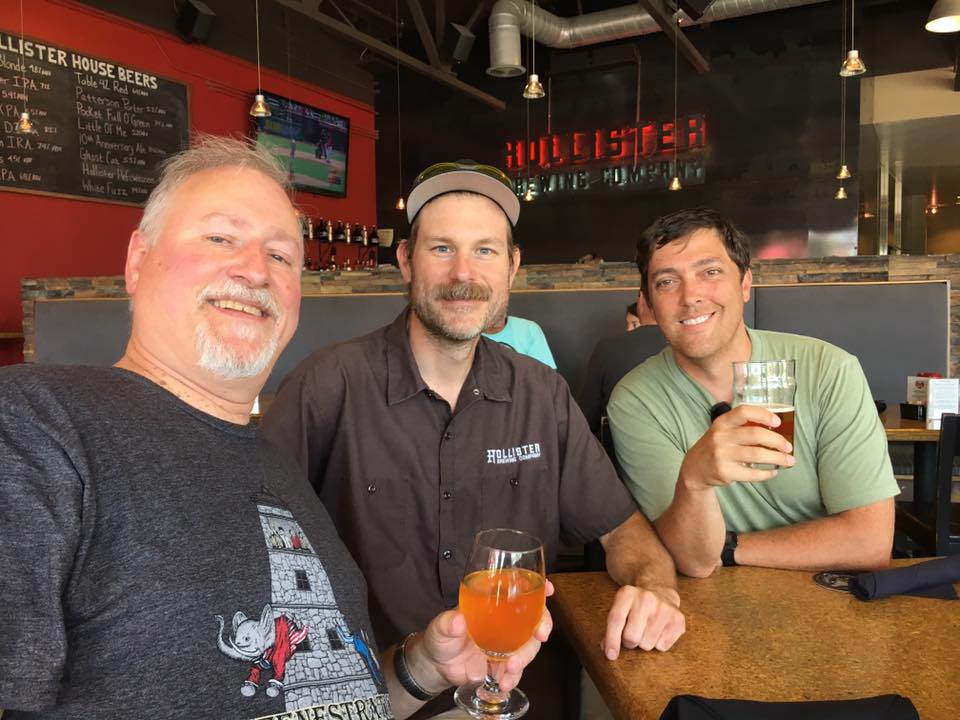
Me with Eric Rose, founder and former owner of Hollister Brewing, and Brian when I met him there for a lunch during a family vacation to Santa Barbara in 2017.

Brian with Brian Lenzo, owner of Blue Palms Brewhouse, me and Meg Gill at the Speakeasy Brewery during SF Beer Week in 2010.

Craig Cauwels with Brian, the Beer Chef Bruce Paton and me at a Schooner’s beer dinner at Cathedral Hotel in 2008.
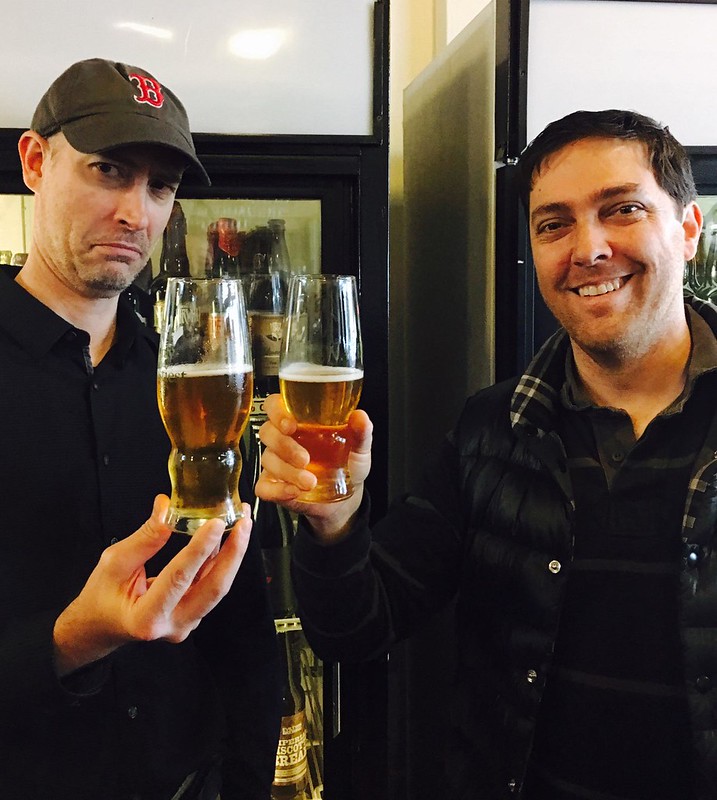
Brian and a sour Jeff Alworth [purloined from Facebook].
